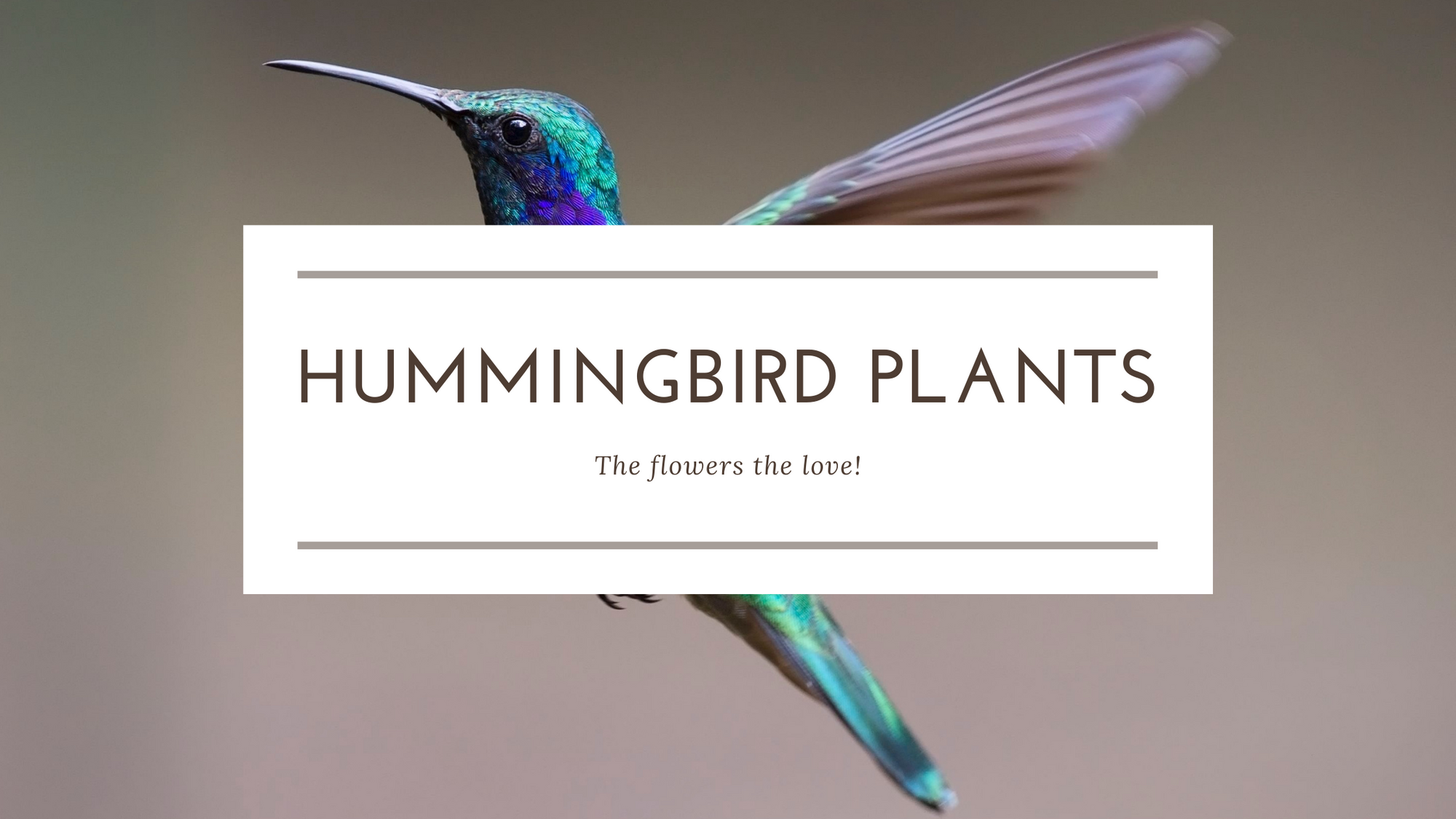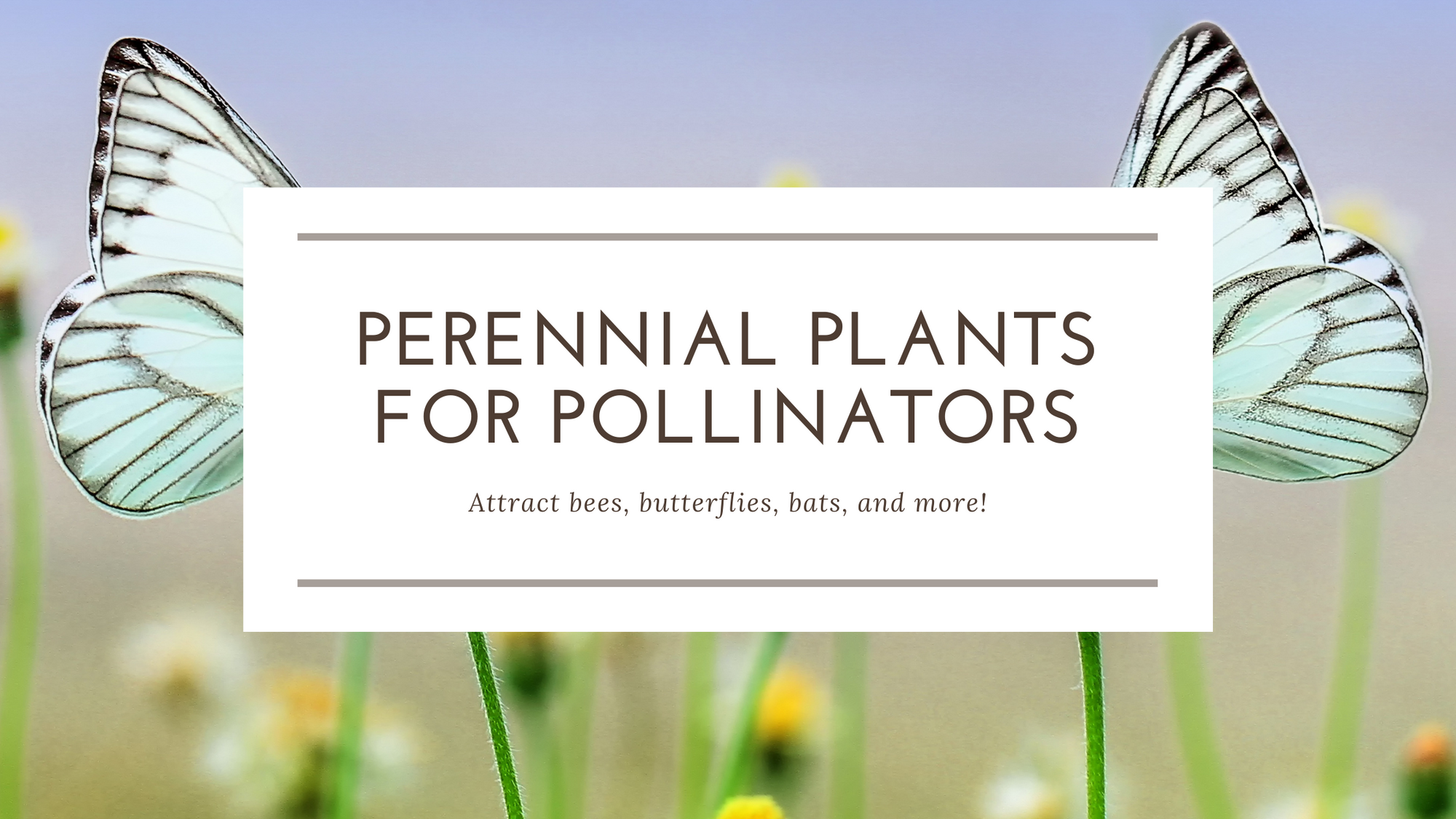Fall is a glorious time in the Colorado garden. The fruits of all your summer labors, your hard work, are on full display: successes are obvious, failures long forgotten. But, we may also realize, we’re getting tired. It’s been a long season. Watering, fertilizing, weeding, cutting back, watering again, recovering from hail, hauling. Resting on the couch is sounding better and better. But not yet! Just a few shovels of soil stand between you and a colorful, vibrant, flower-filled spring. It’s time to plant some bulbs.
Every spring I enjoy the first colorful blooms in our grey and white of winter. I always wish I had put in more bulbs. After a long winter, a few is not enough. I want a bouquet of flowers to cut, I want to look out the kitchen window and see flowers and color in March. Now’s the time. It’s not hard, ridiculously easy really, and it’s so rewarding. Bulbs are also economical; you can get a lot of color for your money. Give yourself a little gift next spring - go out, dig some holes, put in some bulbs, rest and repeat. Then just rest.

Bulb bits:
- Plant your bulbs once the night temperatures are in the 40’s and 50’s. For us, that’s usually in late September - we aim to get them in before Thanksgiving. But, they can be planted up until the soil is frozen and can’t be worked. Just wait until the soil has begun to cool from summer heat.
- Bulbs don’t have to be planted in individual holes, they can be massed to create pockets of color across the landscape. This means digging bigger holes or trenches and planting bulbs together in a larger hole. You can mix colors and varieties however you like.
- Flower bulbs come with all they need to flower stored within the bulb. But, adding a bulb food when you plant helps provide the bulb with nutrients to replenish itself after flowering. And if bulbs are happy, they only get bigger and better with time, providing you with bigger and better blooms every year.
- Different bulbs will bloom at different times. Make note of bloom times on the package and grab some that bloom early, mid-spring and late spring. That way you'll have something blooming all the way into summer.
- Deer? There are many types of bulbs that are deer resistant. We all know they won’t eat daffodils, but you can also try different kinds of Alliums, Fritillarias, and Crocus. You can create quite a display that the deer should avoid.
- Squirrels following you around and digging up everything you just planted? One solution is to plant your bulbs, cover them with soil, then cut and place large pieces of metal mesh (hardware cloth) or chicken wire fencing over the soil above the bulbs. Add another couple inches of soil to cover the wire and water in. You can secure the wire with rocks as well. When the squirrels dig they will hit the metal fence and move on. Squirrels are attracted to disturbed soil, and are trying to get ready for winter. They will notice where you dig, and will look for food, especially if you leave behind bulb husks and debris. Mesh will deter them from digging too far down and bulbs can grow through the wire.
- Bulbs can be planted in containers and pots, just don’t let them dry out completely. If we don’t receive a lot of snow, water containers once a month.
- Try forcing some fragrant hyacinth bulbs to pull out and enjoy in the house in January or February. Plant bulbs in any pot, water and put in a cool spot (refrigerator, unheated garage, shed, cellar, anywhere it will be cool through the winter). Allow the bulbs to stay in the cool for 6-8 weeks, then bring them out and let them bloom indoors.







